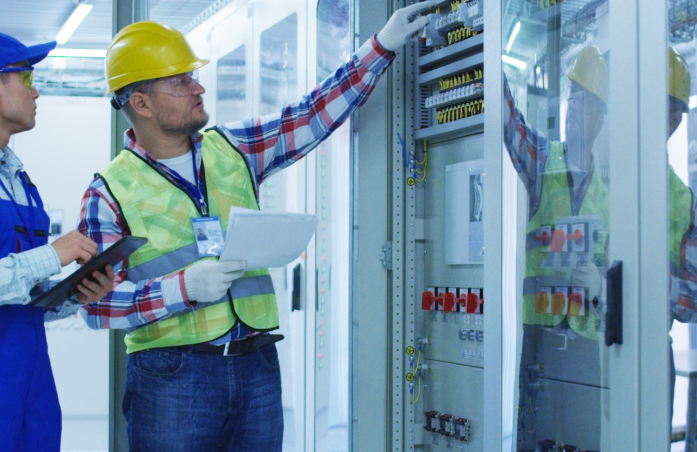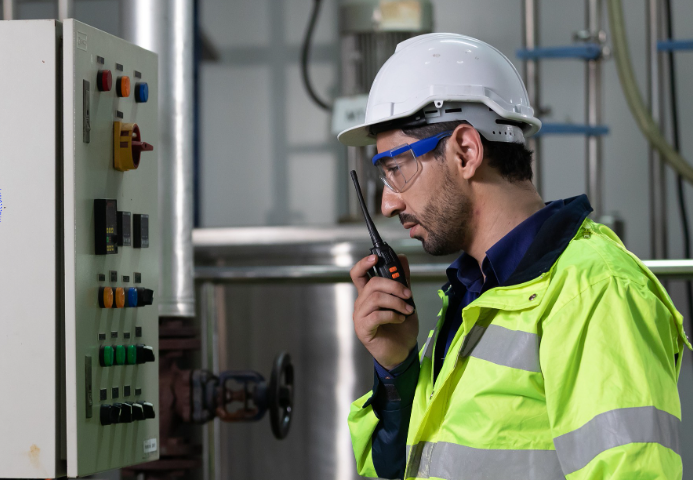KPA Flex Training Courses

Flammable Liquids
This general awareness training covers flammable liquid hazards and best practices to stay safe when working with or around them.
View
Compliance Expert - Privacy and Information Security - Examples
Employees play a key role in helping ensure data security and safety. This course covers best practices to help prevent data loss and theft.
View
COMPLIANCE EXPERT: Privacy and Information Security - The Basics
This course covers some key considerations that you should keep in mind for following your company's data protection policies and procedures.
View
Compliance Short - Cybersecurity
Lax security practices and poor security awareness on the part of employees can result in security breaches that have serious consequences for organizations. Hackers will take advantage of any vulnerability, and their reach is global.
View
Global Privacy and Information Security
Many organizations collect the personal information of their customers and prospects for a variety of commercial reasons. The information they collect, use, store, and share is a valuable asset to the organization. Employees, through careful adherence to the company’s privacy policies, play an important role in protecting the privacy of that information.
View
Maximizing Employee Performance
This training acts as an overview in defining and maximizing employee performance and the various methods organizations can use to improve it.
View
Drug and Alcohol Awareness for Employees
This general awareness training covers the importance of having a drug and alcohol free workplace. It includes signs and symptoms, preventive action, and getting support.
View
NFPA 70E for Qualified Individuals
This training, aimed at qualified individuals, covers requirements of NFPA 70E. This includes training requirements, electrical hazards, risk assessments, the process for establishing safe work conditions, boundaries, labels, and required PPE.
View
NFPA 70E for Qualified Individuals
This training, aimed at qualified individuals, covers requirements of NFPA 70E. This includes training requirements, electrical hazards, risk assessments, the process for establishing safe work conditions, boundaries, labels, and required PPE.
View
NFPA 70E for Unqualified Individuals
This general awareness training will cover requirements of NFPA 70E. This includes employer responsibilities, electrical hazards, boundaries, required PPE, and additional safe work practices.
View
NFPA 70E for Unqualified Individuals
This general awareness training will cover requirements of NFPA 70E. This includes employer responsibilities, electrical hazards, boundaries, required PPE, and additional safe work practices.
View
Front End Loader Safety
This general awareness training is designed to help employees understand the basics of front-end loaders, and the measures they can take to keep themselves and their teammates safe during operation.
View